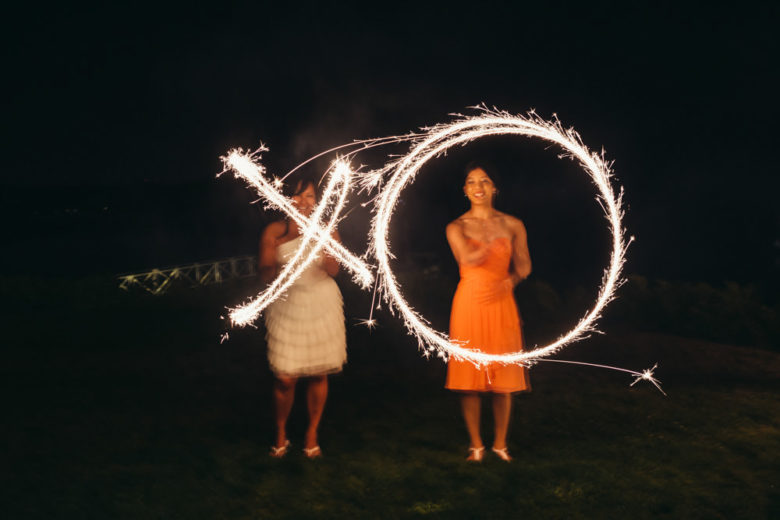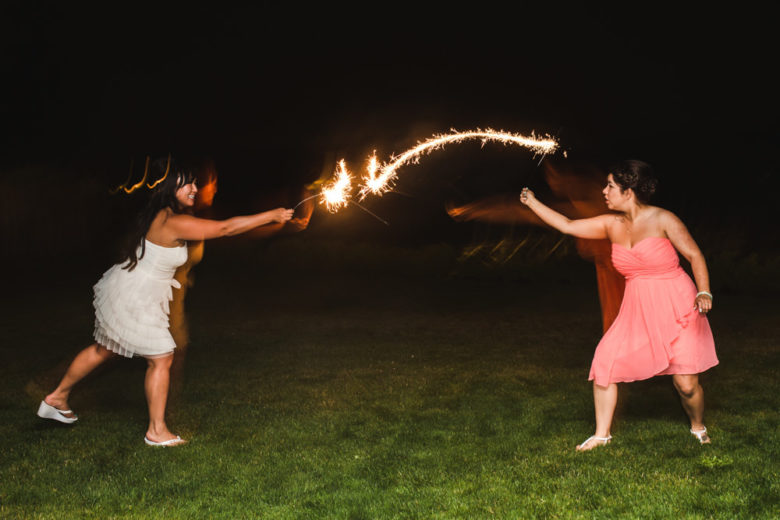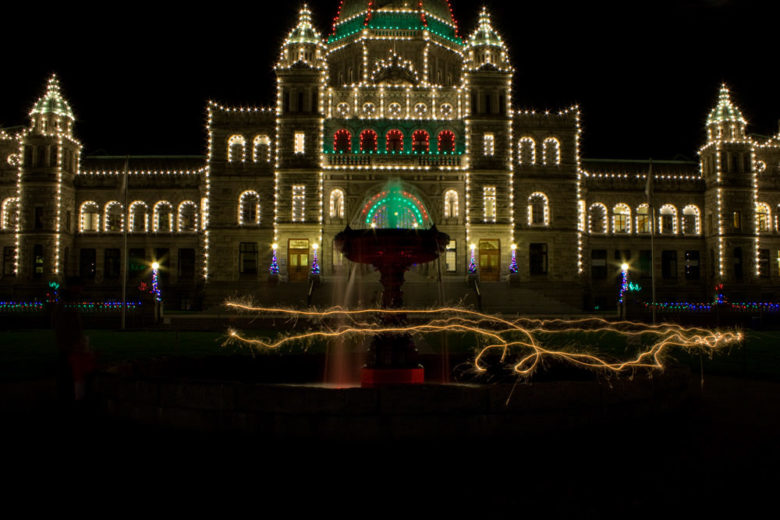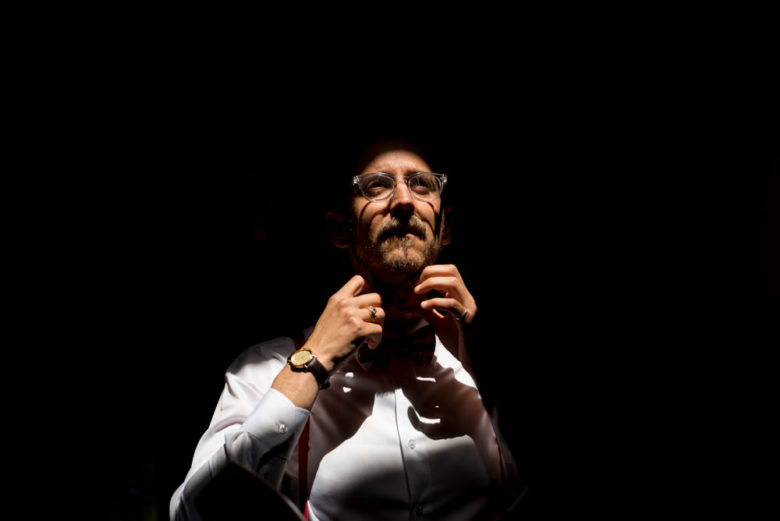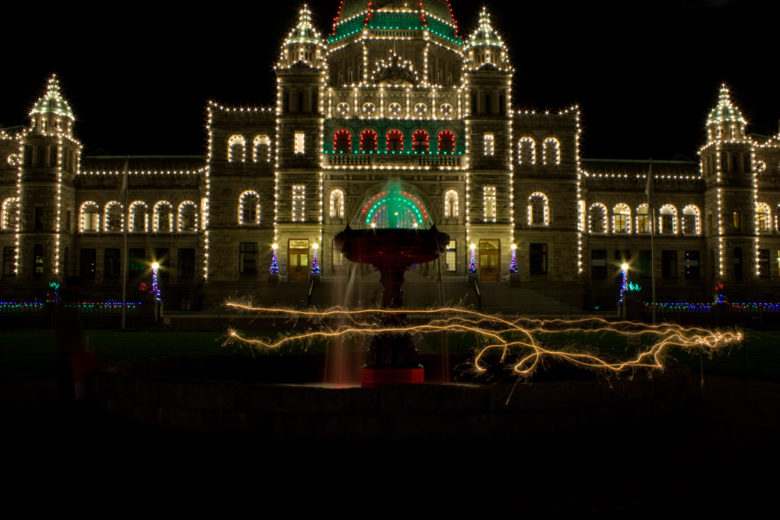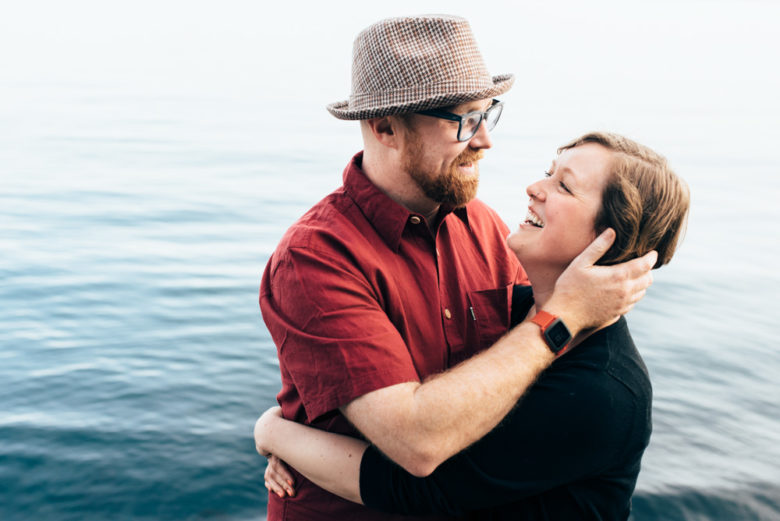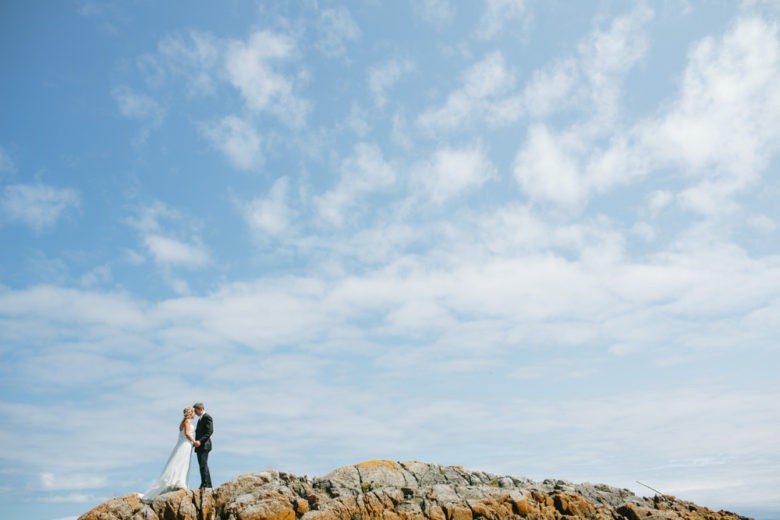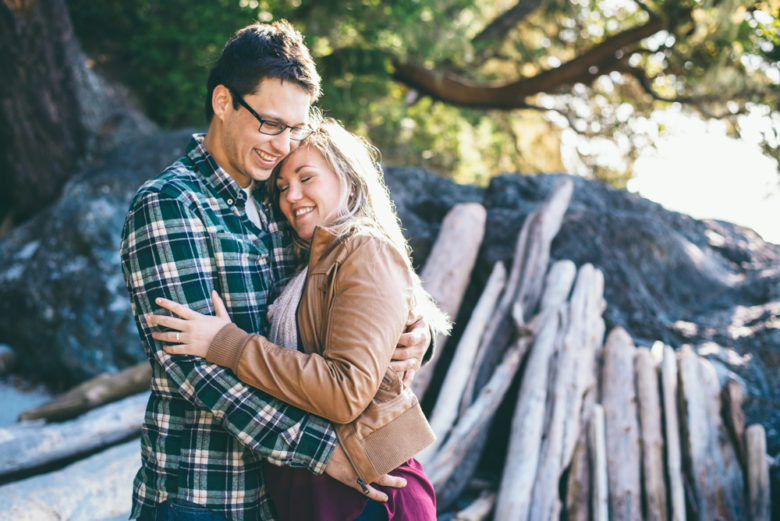This week’s theme is framing. Framing is kind of like a picture frame, where you use elements of the scene to frame your subjects. You can use obvious things like windows, doors, and mirrors. Or you can shoot through something in the foreground, like leaves. I like putting my lens really close to leaves of a bush to create a blurry foreground element (more on this here) that puts focus on the subject and adds a pop of colour.


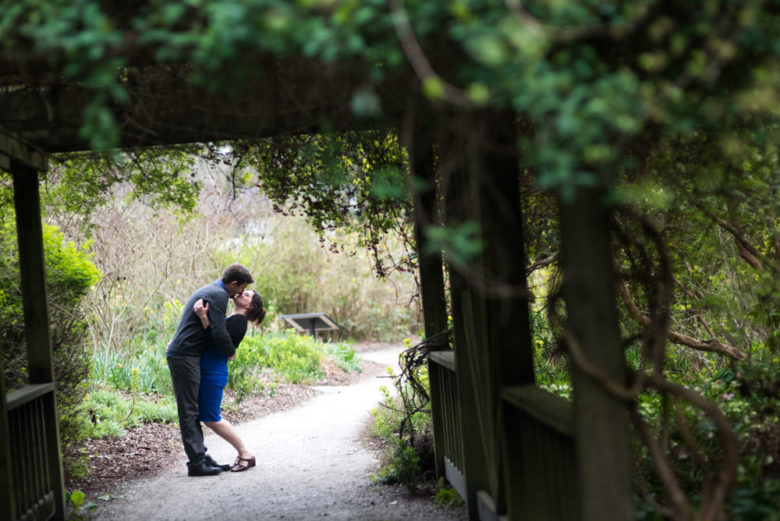

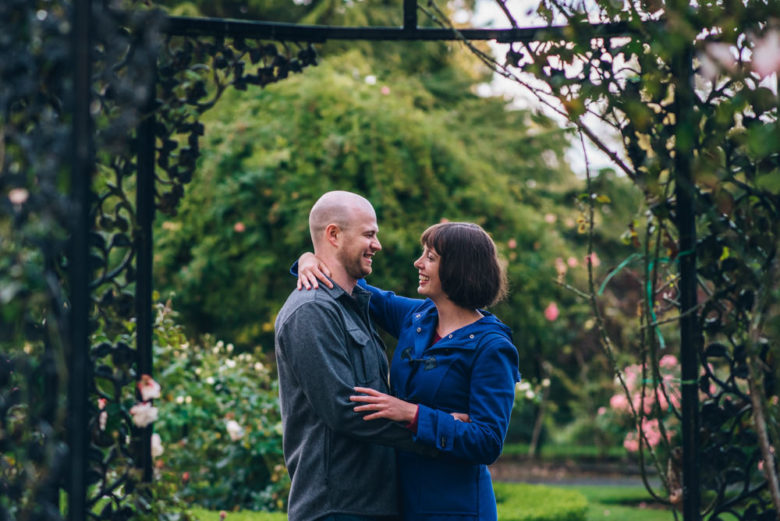

As usual with composition challenges, think about the way your eye moves through the image. The framing element(s) should draw attention to your subjects, not (just) to itself. It can also add to the story, like the photo of the couple taken through the car window or the video lighting equipment used as framing in the first photo.
Framing can also make a moment feel more intimate as it creates separation between the camera and the subjects. If can feel like peeking in on a private moment.
You can, of course, also do this with subjects other than people, like a tree, an animal, a building, etc.
One thing to be cautious with when framing your subject is focus. You’ll typically want to focus on your subject and not the frame, though rules are made to be broken. You should move your focal point around to make sure it’s on your subjects or use focus-and-recompose. If your framing element is really close to the lens, your camera probably won’t be able to focus that close anyway, so letting your camera choose what to focus on may work in that case.
If you have any questions, join us in the Facebook group. I’ll be checking in there daily to see your work and help you achieve the best results.
If you’re just finding this now, you can check out the full list and more information on the challenge here. You can follow me on Instagram at @documentyourdaytoday and use the hashtag #documentyour2022.













